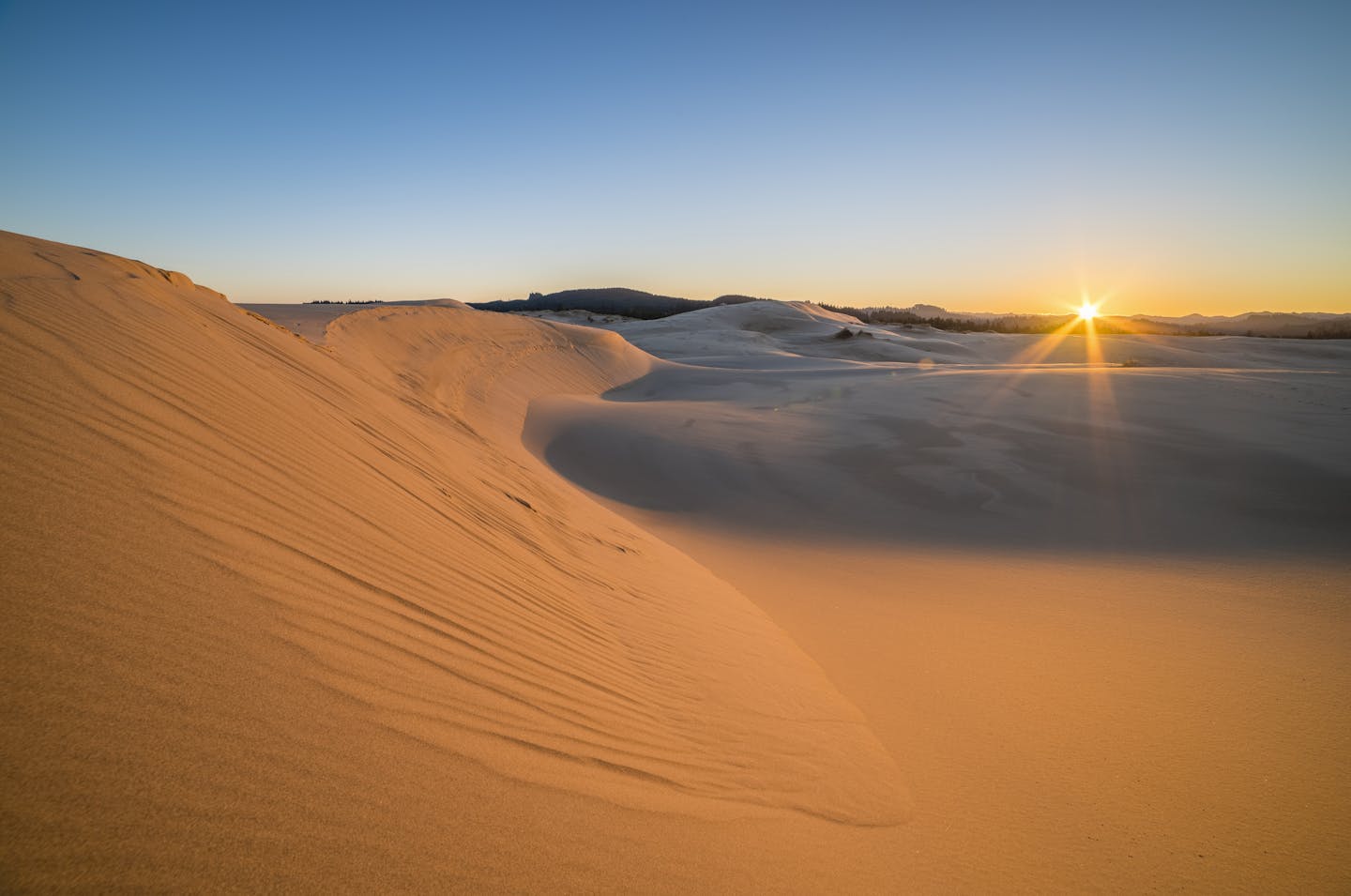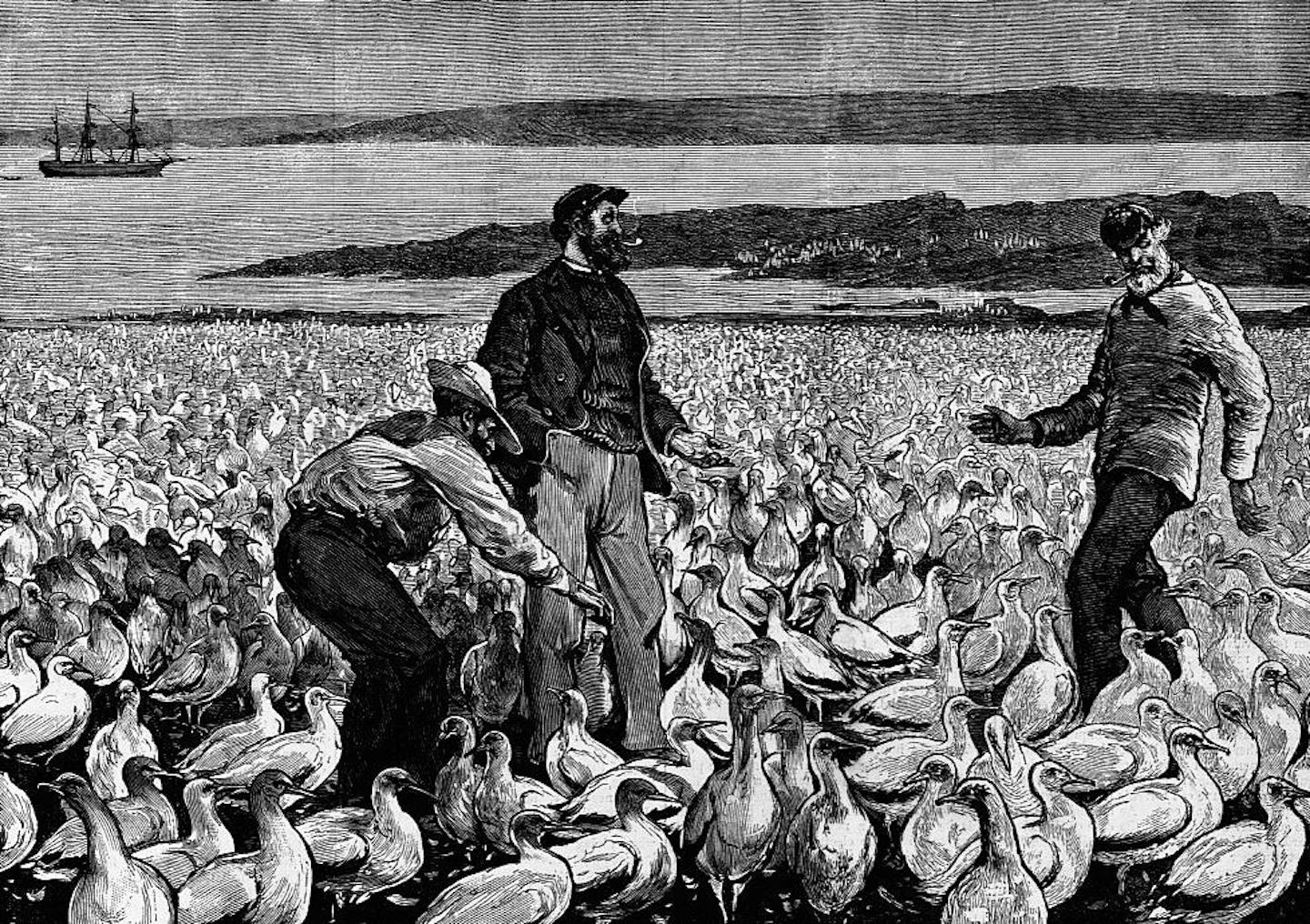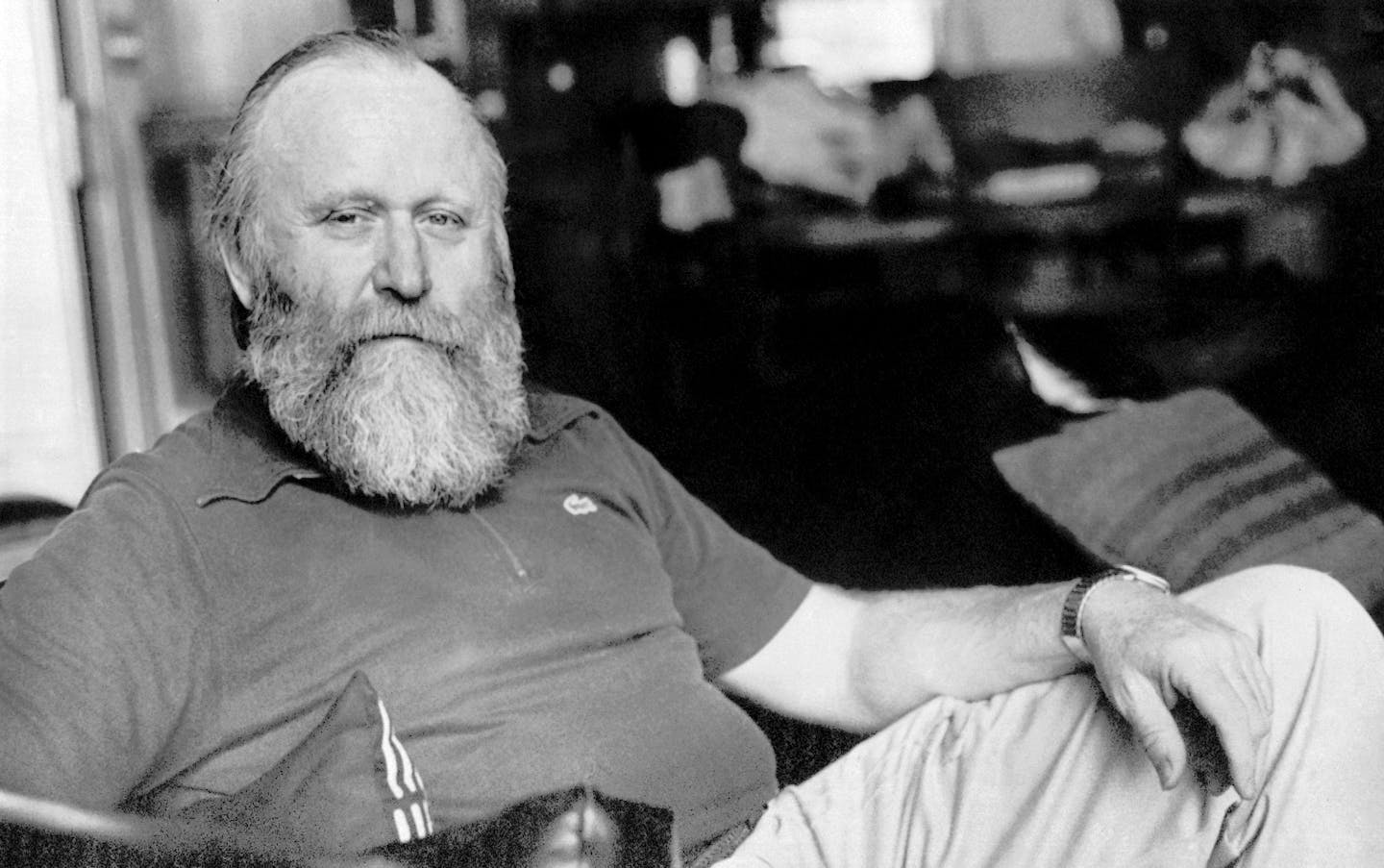How ‘Dune’ became a beacon for the fledgling environmental movement − and a rallying cry for the new science of ecology

“Dune,” widely considered one of the best sci-fi novels of all time, continues to influence how writers, artists and inventors envision the future.
Of course, there are Denis Villeneuve’s visually stunning films, “Dune: Part One” (2021) and “Dune: Part Two” (2024).
But Frank Herbert’s masterpiece also helped Afrofuturist novelist Octavia Butler imagine a future of conflict amid environmental catastrophe; it inspired Elon Musk to build SpaceX and Tesla and push humanity toward the stars and a greener future; and it’s hard not to see parallels in George Lucas’ “Star Wars” franchise, especially their fascination with desert planets and giant worms.
And yet when Herbert sat down in 1963 to start writing “Dune,” he wasn’t thinking about how to leave Earth behind. He was thinking about how to save it.
Herbert wanted to tell a story about the environmental crisis on our own planet, a world driven to the edge of ecological catastrophe. Technologies that had been inconceivable just 50 years prior had put the world at the edge of nuclear war and the environment on the brink of collapse; massive industries were sucking wealth from the ground and spewing toxic fumes into the sky.
When the book was published, these themes were front and center for readers, too. After all, they were living in the wake of both the Cuban missile crisis and the publication of “Silent Spring,” conservationist Rachel Carson’s landmark study of pollution and its threat to the environment and human health.
“Dune” soon became a beacon for the fledgling environmental movement and a rallying flag for the new science of ecology.
Indigenous wisdoms
Though the term “ecology” had been coined almost a century earlier, the first textbook on ecology was not written until 1953, and the field was rarely mentioned in newspapers or magazines at the time. Few readers had heard of the emerging science, and even fewer knew what it suggested about the future of our planet.
While studying “Dune” for a book I’m writing on the history of ecology, I was surprised to learn that Herbert didn’t learn about ecology as a student or as a journalist.
Instead, he was inspired to explore ecology by the conservation practices of the tribes of the Pacific Northwest. He learned about them from two friends in particular.
The first was Wilbur Ternyik, a descendant of Chief Coboway, the Clatsop leader who welcomed explorers Meriwether Lewis and William Clark when their expedition reached the West Coast in 1805. The second, Howard Hansen, was an art teacher and oral historian of the Quileute tribe.
Ternyik, who was also an expert field ecologist, took Herbert on a tour of Oregon’s dunes in 1958. There, he explained his work to build massive dunes of sand using beach grasses and other deep-rooted plants in order to prevent the sands from blowing into the nearby town of Florence – a terraforming technology described at length in “Dune.”

As Ternyik explains in a handbook he wrote for the U.S. Department of Agriculture, his work in Oregon was part of an effort to heal landscapes scarred by European colonization, especially the large river jetties built by early settlers.
These structures disturbed coastal currents and created vast expanses of sand, turning stretches of the lush Pacific Northwest landscape into desert. This scenario is echoed in “Dune,” where the novel’s setting, the planet Arrakis, was similarly laid to waste by its first colonizers.
Hansen, who became the godfather to Herbert’s son, had closely studied the equally drastic impact logging had on the homelands of the Quileute people in coastal Washington. He encouraged Herbert to examine ecology carefully, giving him a copy of Paul B. Sears’ “Where There is Life,” from which Herbert gathered one of his favorite quotes: “The highest function of science is to give us an understanding of consequences.”
The Fremen of “Dune,” who live in the deserts of Arrakis and carefully manage its ecosystem and wildlife, embody these teachings. In the fight to save their world, they expertly blend ecological science and Indigenous practices.
Treasures hidden in the sand
But the work that had the most profound impact on “Dune” was Leslie Reid’s 1962 ecological study “The Sociology of Nature.”
In this landmark work, Reid explained ecology and ecosystem science for a popular audience, illustrating the complex interdependence of all creatures within the environment.
“The more deeply ecology is studied,” Reid writes, “the clearer does it become that mutual dependence is a governing principle, that animals are bound to one another by unbreakable ties of dependence.”
In the pages of Reid’s book, Herbert found a model for the ecosystem of Arrakis in a surprising place: the guano islands of Peru. As Reid explains, the accumulated bird droppings found on these islands was an ideal fertilizer. Home to mountains of manure described as a new “white gold” and one of the most valuable substances on Earth, the guano islands became in the late 1800s ground zero for a series of resource wars between Spain and several of its former colonies, including Peru, Bolivia, Chile and Ecuador.
At the heart of the plot of “Dune” is a battle for control of the “spice,” a priceless resource. Harvested from the sands of the desert planet, it’s both a luxurious flavoring for food and a hallucinogenic drug that allows some people to bend space, making interstellar travel possible.

There is some irony in the fact that Herbert cooked up the idea of spice from bird droppings. But he was fascinated by Reid’s careful account of the unique and efficient ecosystem that produced a valuable – albeit noxious – commodity.
As the ecologist explains, frigid currents in the Pacific Ocean push nutrients to the surface of nearby waters, helping photosynthetic plankton thrive. These support an astounding population of fish that feed hordes of birds, along with whales.
In early drafts of “Dune,” Herbert combined all of these stages into the life cycle of the giant sandworms, football field-sized monsters that prowl the desert sands and devour everything in their path.
Herbert imagines each of these terrifying creatures beginning as small, photosynthetic plants that grow into larger “sand trout.” Eventually, they become immense sandworms that churn the desert sands, spewing spice onto the surface.
In both the book and “Dune: Part One,” soldier Gurney Halleck recites a cryptic verse that comments on this inversion of marine life and arid regimes of extraction: “For they shall suck of the abundance of the seas and of the treasure hid in the sand.”
‘Dune’ revolutions
After “Dune” was published in 1965, the environmental movement eagerly embraced it.
Herbert spoke at Philadelphia’s first Earth Day in 1970, and in the first edition of the Whole Earth Catalog – a famous DIY manual and bulletin for environmental activists – “Dune” was advertised with the tagline: “The metaphor is ecology. The theme revolution.”

In the opening of Denis Villeneuve’s first adaptation, “Dune,” Chani, an indigenous Fremen played by Zendaya, asks a question that anticipates the violent conclusion of the second film: “Who will our next oppressors be?”
The immediate cut to a sleeping Paul Atreides, the white protagonist who’s played by Timothée Chalamet, drives the pointed anti-colonial message home like a knife. In fact, both of Villeneuve’s movies expertly elaborate upon the anti-colonial themes of Herbert’s novels.
Unfortunately, the edge of their environmental critique is blunted. But Villeneuve has suggested that he might also adapt “Dune Messiah” for his next film in the series – a novel in which the ecological damage to Arrakis is glaringly obvious.
I hope Herbert’s prescient ecological warning, which resonated so powerfully with readers back in the 1960s, will be unsheathed in “Dune 3.”
This article is republished from The Conversation, a nonprofit, independent news organization bringing you facts and analysis to help you make sense of our complex world.
Read more:
- How Octavia E. Butler mined her boundless curiosity to forge a new vision for humanity
- HBO’s ‘House of the Dragon’ was inspired by a real medieval dynastic struggle over a female ruler
Devin Griffiths does not work for, consult, own shares in or receive funding from any company or organization that would benefit from this article, and has disclosed no relevant affiliations beyond their academic appointment.

